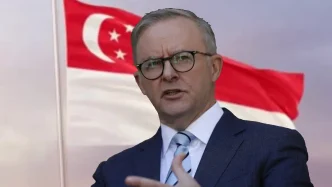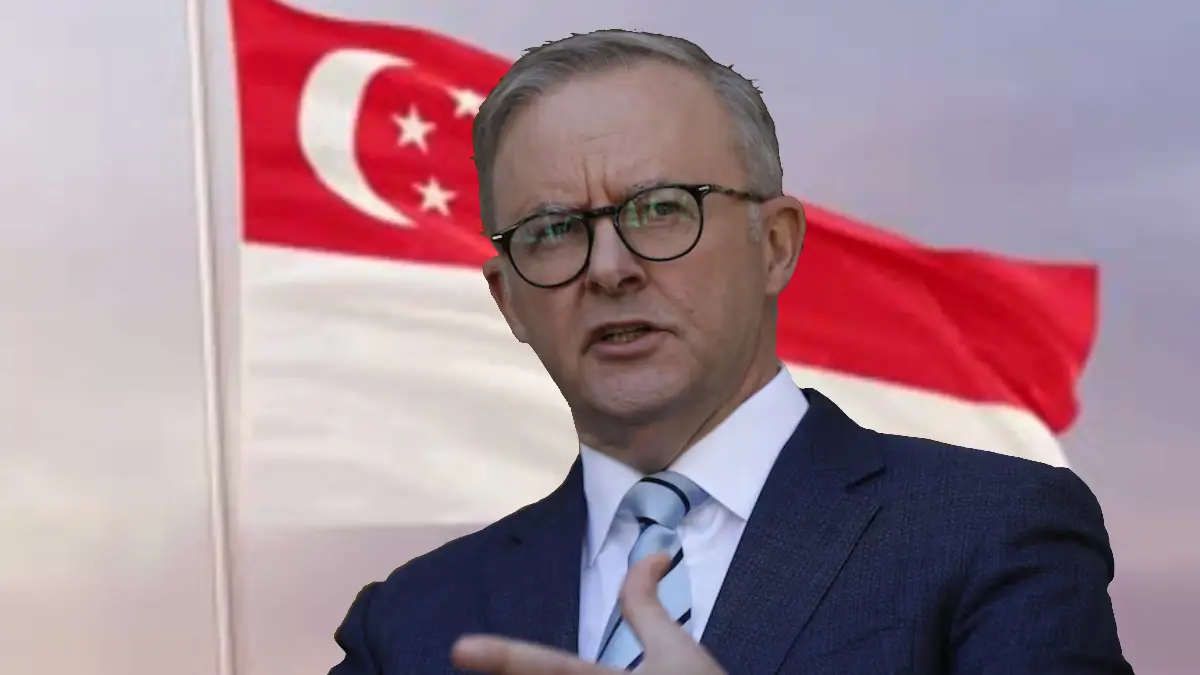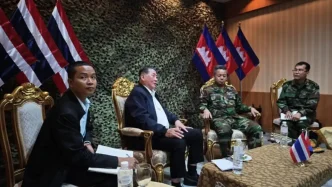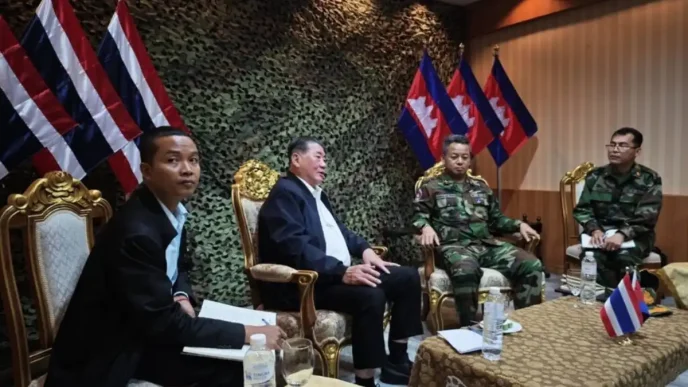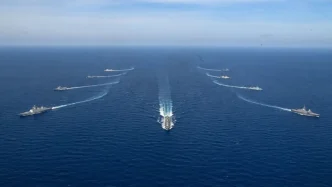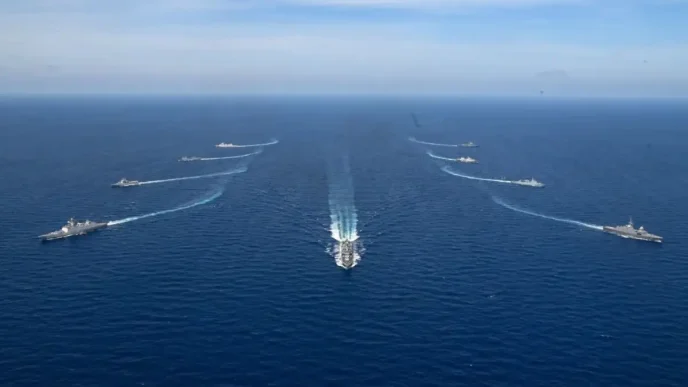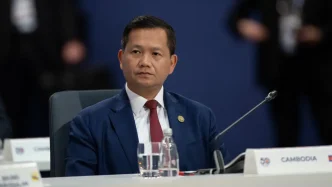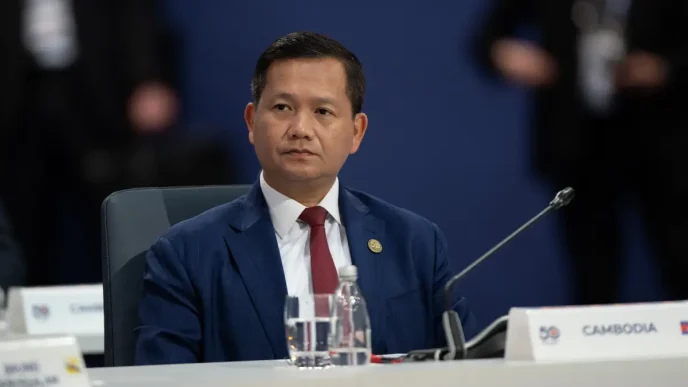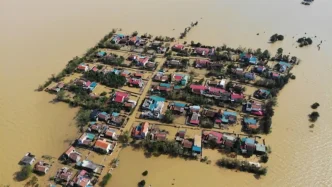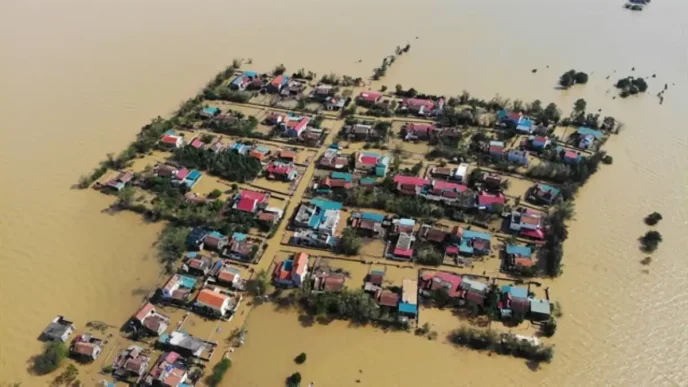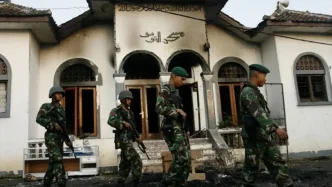Singapore and Australia continue to fortify their long-standing relationship, underpinned by shared values and mutual interests, as highlighted by President Tharman Shanmugaratnam during recent engagements. Marking nearly six decades of diplomatic ties, the relationship has evolved into a comprehensive partnership that spans trade, defense, and cultural exchange. With both nations navigating a complex geopolitical landscape, their renewed commitment to collaboration signals a strategic alignment crucial for regional stability and prosperity.
Enduring Partnership in a Changing World
The ties between Singapore and Australia, first formalized in 1965, have grown into a robust framework of cooperation. President Tharman, reflecting on this history, emphasized the importance of continually renewing bonds to address contemporary challenges. Speaking at a recent event, he noted the significance of personal connections and shared experiences in sustaining this relationship over generations. Australia’s Prime Minister, Anthony Albanese, in a recent visit to Singapore stated “Now more than ever, our friendship is underpinned by trust, respect, and a shared vision for a region that is open, stable and prosperous”. This sentiment comes as both nations celebrate milestones that underscore their commitment to each other’s progress.
One of the cornerstones of this partnership is the Comprehensive Strategic Partnership (CSP), established in 2015 and upgraded in subsequent years. The CSP encapsulates a wide array of cooperative initiatives, from economic collaboration to defense agreements. It has facilitated significant advancements, including the Singapore-Australia Free Trade Agreement, which has boosted bilateral trade to impressive levels. Beyond economics, joint military exercises and intelligence-sharing arrangements have cemented their security alliance, particularly in the context of regional uncertainties in the Indo-Pacific. In the lead up to the Shangri-La Dialogue, Albanese said “We know that security isn’t just about defence, it’s also about our capacity to be less vulnerable to shocks, whether that’s a future pandemic, a trade or cyber security shock or international conflict.”
Shared Values and Regional Leadership
At the heart of Singapore-Australia relations lies a mutual dedication to a rules-based international order. Both nations advocate for open trade, maritime security, and multilateral cooperation, especially through platforms like ASEAN and the Quad. President Tharman has often highlighted how these shared values enable both countries to play pivotal roles in shaping regional policies. This alignment was evident during the ASEAN-Australia Special Summit, where discussions focused on enhancing economic integration and addressing climate change.
The partnership extends to addressing global challenges such as cybersecurity and counter-terrorism. Collaborative efforts in these areas have not only strengthened bilateral ties but also contributed to broader regional security. Singapore’s role as a financial hub and Australia’s strategic position in the Pacific create a synergy that amplifies their collective influence. As geopolitical tensions rise, particularly concerning maritime disputes in the South China Sea, their joint stance on freedom of navigation remains a critical stabilizing factor.
Economic Synergies and Trade Milestones
Economically, the relationship between Singapore and Australia is a powerhouse. Australia ranks among Singapore’s top trading partners, with bilateral trade figures reflecting robust growth. Key sectors include energy, agriculture, and technology, with Australian investments in Singapore’s tech startups gaining momentum. Conversely, Singaporean companies have made significant inroads into Australia’s infrastructure and real estate markets, further deepening economic interdependence.
The Digital Economy Agreement, signed in recent years, exemplifies forward-thinking collaboration. This agreement aims to streamline cross-border data flows and foster innovation in fintech and e-commerce. Such initiatives position both nations at the forefront of the digital economy, ensuring they remain competitive in a rapidly evolving global market. Additionally, joint ventures in renewable energy underscore a shared commitment to sustainability, aligning with global efforts to combat climate change.
Defense and Security: A Pillar of Stability
Defense cooperation forms a critical pillar of Singapore-Australia ties. The long-standing military relationship includes Australia’s use of training facilities in Singapore and joint participation in multinational exercises. These engagements enhance interoperability and readiness, vital for addressing regional security threats. Moreover, agreements on counter-terrorism and cybersecurity have fortified their defenses against non-traditional threats, reflecting a holistic approach to national security.
The significance of this defense partnership cannot be overstated in the context of Indo-Pacific dynamics. With both nations committed to maintaining a balance of power, their collaboration serves as a counterweight to assertive actions by larger powers. Regular dialogues between defense ministers and military leaders ensure that strategic priorities remain aligned, fostering trust and transparency in their joint endeavors.
Cultural and People-to-People Connections
Beyond formal agreements, the strength of Singapore-Australia ties lies in the deep cultural and personal connections between their peoples. Educational exchanges have seen thousands of students from both countries studying abroad, fostering cross-cultural understanding. Australian universities host a significant number of Singaporean students, while Singapore’s institutions attract Australians seeking expertise in Asian markets. These exchanges create a network of alumni who serve as unofficial ambassadors, strengthening bilateral goodwill.
Cultural festivals, art exhibitions, and sporting events further enrich this relationship. Events celebrating Australian culture in Singapore, and vice versa, highlight the diversity and vibrancy of both societies. President Tharman has often spoken of how such interactions build a foundation of mutual respect, ensuring that the partnership remains resilient amid global shifts. This human dimension adds a layer of depth to the diplomatic and economic ties, making the relationship truly comprehensive.
Navigating Future Challenges Together
Looking ahead, Singapore and Australia face a landscape fraught with challenges, from economic disruptions to geopolitical rivalries. Their ability to adapt and innovate will be tested as they address issues like supply chain resilience and technological sovereignty. President Tharman’s vision of a partnership that evolves with the times offers a blueprint for sustained collaboration. By leveraging their complementary strengths, both nations are well-positioned to tackle these challenges head-on.
Climate change remains a pressing concern, with both countries vulnerable to its impacts. Joint research initiatives on sustainable urban development and renewable energy are already yielding promising results. Expanding these efforts could set a precedent for other nations in the region, demonstrating how bilateral partnerships can drive global progress. Furthermore, their shared advocacy for inclusive economic growth ensures that the benefits of cooperation reach all segments of society.
A Model for Regional Cooperation
The Singapore-Australia relationship serves as a model for how nations can collaborate effectively in a multipolar world. Their partnership demonstrates the value of mutual respect, strategic alignment, and a commitment to shared goals. As ASEAN continues to navigate complex regional dynamics, the influence of this bilateral alliance extends beyond their borders, contributing to a more cohesive and resilient Southeast Asia.
President Tharman’s reflections on the enduring bonds between Singapore and Australia resonate as a reminder of the power of sustained diplomacy. As both nations renew their commitments through agreements and initiatives, the question remains how their partnership will shape the future of the Indo-Pacific. With a foundation built on trust and collaboration, the path forward appears promising, potentially setting new benchmarks for international relations in the region.

